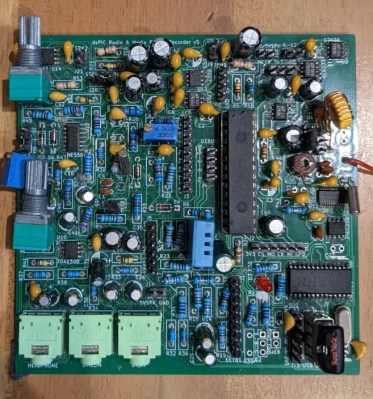In the 1980s, there was a truly staggering amount of choice for a consumer looking to purchase a home computer. On the high end, something like an Apple Lisa, a business-class IBM PC, or a workstation from Sun Microsystems could easily range from $6,000 to $20,000 (not adjusted for inflation). For the time, these mind-blowing prices might have been worth the cost, but for those not willing to mortgage their homes for their computing needs, there were also some entry-level options. One of these was the Sinclair ZX-80, which was priced at an astounding $100, which caused RadioShack to have a bit of a panic and release this version of the TRS-80 computer to compete with it.
As [David] explains in his deep dive into this somewhat obscure machine, the TRS-80 MC-10 was a commercial failure, although not for want of features. It had a color display, a chicklet keyboard, and 4K of RAM, which were all things that the ZX-80 lacked.
Unfortunately, it also had a number of drawbacks compared to some of its other contemporaries that made consumers turn away. Other offerings by Commodore, Atari, Texas Instruments, and even RadioShack themselves were only marginally more expensive and had many more features, including larger memory and better storage and peripheral options, so most people chose these options instead.
The TRS-80 MC-10 is largely a relic of the saturated 80s home computer market. It’s drop in price to below $50, and the price competition between other PC manufacturers at the time was part of the reason for the video game crash of the 1980s, and even led to Steve Jobs getting fired from Apple. There’s not a huge retro scene for these machines either, although there is at least one game developer you can see in the video below from [Spriteworx]. If you want to experiment with some of the standard TRS-80 software, there are emulators that have everything you need.
Thanks to [Stephen] for the tip!



















